Oceanography study explores the relationships between offshore wind energy and fisheries industries, suggests inclusive approaches
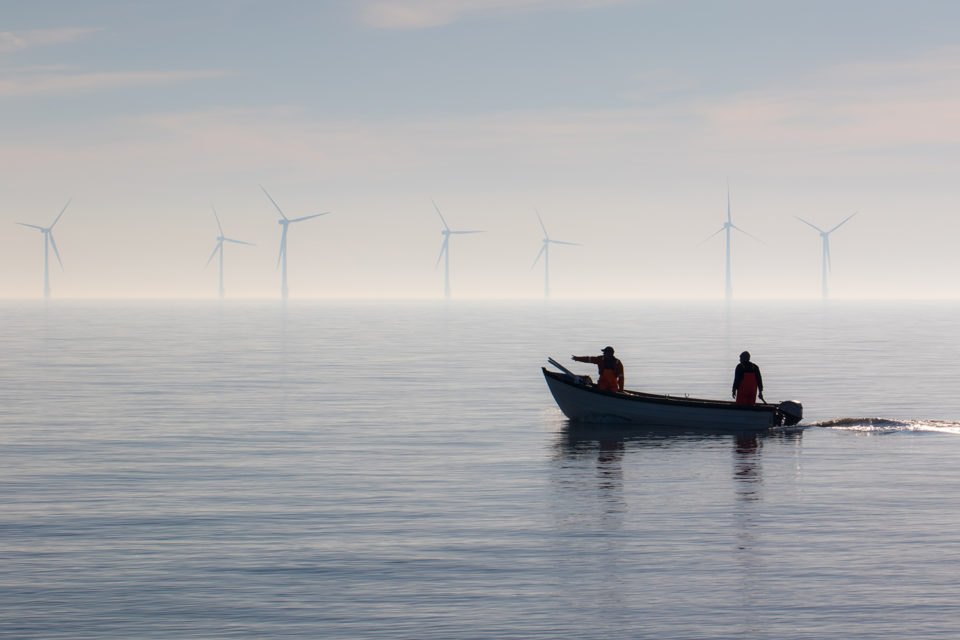
As one of the ocean-based climate solutions with the largest mitigation potential, offshore wind is one example of green meeting blue. Finding pathways for the happy coexistence of offshore wind, coastal communities and fisheries will be an achievement with circular climate rewards. The potential for the ocean’s contribution, and for ocean health, is significant. According to the World Resources Institute, if coal-fired power plants could be swapped for ocean-based renewable energy (including wind, wave, tidal and floating solar), it would be roughly the equivalent of taking over 1 billion cars off the road per year.
At a time when blue food is receiving increased attention for its needed contributions to nutrition, food security, food systems transformation and climate change mitigation, teamwork is essential.
A December 2020 research paper, part of a special issue of Oceanography magazine titled “Understanding the Effects of Offshore Wind Energy Development on Fisheries,” laid out a potential path forward.
A just transition
As society moves to greater use of clean energy, “a just transition…requires accounting for the effects of offshore wind projects (OWPs) on the fishing industry,” the authors wrote. Some of those effects cannot be measured solely with numbers, they wrote, adding: “The ocean … is a place where work is done and identities are fashioned. The people who fish for a living are not only defined by the communities where they reside, store their boats and gear, and sell their fish but also by where they spend much of their time working: at sea.”
“Offshore Wind Projects and Fisheries: Conflict and Engagement in the United Kingdom and the United States” offers insights into minimizing conflicts and promoting constructive engagement between fishers and wind energy developers. A review of such efforts in the United Kingdom and the United States provides valuable case studies for several reasons.
https://www.aquaculturealliance.org/advocate/a-wider-view-its-blue-foods-time/
As the paper states, the OWP sector in the UK is championed as a “success story” by the government, which emphasizes “clean growth” and claims the largest installed offshore capacity in the world. The authors also point out that the socioeconomic importance of the commercial fishing sector in Scotland and on England’s northeast coast is well established. Coastal communities historically and culturally shaped by fishing remain dependent upon it.
In the United States, substantial offshore wind resources exist, but OWPs have been slow to develop. The 42 megawatts (MW) operational in the United States (as of October 2020) is a small fraction of the 24,128 MW operational in the UK (as of 2019). Along the East Coast of the United States, where the two existing wind farms are located, several fisheries are among the most valuable in the country. Commercial and recreational fishing are also of sociocultural and economic importance to fishers and their communities. There has been considerable progress, however, in leasing sites off the East Coast to offshore wind developers, and the recent participation of European companies is notable.
Barriers, benefits and constructive engagement
When considering potential barriers and benefits around the collocation of OWPs with fisheries, it is apparent that recent innovations in enhancing constructive engagement have been essential.
Barriers to collocation cited in the paper include: “commercial fishers’ resistance to setting gear within OWPs because of safety, legal, and insurance issues; developers’ demands for licensing; and concerns about losing access.” These concerns are shared by recreational fishers, especially related to navigational safety, but the authors note that commercial and recreational fishers may also have different perspectives. Around the Block Island Wind Farm, off the coast of the U.S. state of Rhode Island, recreational fishers were attracted to increased fishing, especially spearfishing. However, “commercial fishers were pushed into less productive areas due to crowding around the turbines and their placement along their route.”
Some benefits of collocation are illustrated in the paper by examples from specific fisheries. With the wind turbines’ hard structures acting as artificial reefs, they provide surfaces for colonization of sessile benthic species. In addition, researchers have observed that “scour stone protection offered additional habitat for juvenile brown crab (Cancer pagurus), up to 5,000 juveniles per turbine, contributing significantly to the regional population.”
Also referenced in the paper is a collaborative study involving the UK’s Holderness Fishing Industry Group (HFIG), the local fishery and the developer. The study “identified some positive benefits of temporary closures of European lobster (Homarus gammarus) fishing areas during construction.”
Population ecology is complex, however, and it is noted that some research has found situations where improved productivity increases predation on valuable species.
What are some recent innovations designed to minimize conflicts between fishers and wind developers? One is earlier and more meaningful inclusion of fisheries representatives in planning and decision-making, involving fisheries liaisons in the process. Rather than being paid by the government or the fishing industry, fisheries liaisons are paid by wind developers to provide information to fishers, convey fishers’ concerns and issues to the developer, and convene meetings as appropriate. The experiences of fisheries liaisons in the UK contributed to the adoption of the model in the United States. Fisheries liaisons are usually well known within the fishing community even if they are not actively fishing, and they are likely to seize opportunities for more collaborative processes.
A snapshot of a story from the U.S. state of Maine illustrates that “time and effort invested in high-quality engagement can yield rich and valuable resources on which to base decisions (Island Institute, 2009).” Participatory mapping work undertaken there helped coastal and island communities document community fishing areas and tell the story of their relationship with the ocean.
A greater understanding calms the waves
Naturally, achieving mutually beneficial outcomes is not simple or straightforward. If there is one idea that must be capitalized on, it’s collaboration.
The Oceanography paper concludes that in the ocean commons, which supports many human endeavors and needs such as fishing and energy production, “fishers should neither be privileged nor marginalized.” It is recognized, however, that fishers are directly affected by OWPs, and they face fear and uncertainty about the outcomes. A just energy transition requires treating fishers with dignity and respect, the authors state. As proof of progress toward productive dialogue, “it is evident that fisheries, both commercial and recreational, have developed considerable heft in engagement with OWP developers and the authorities empowered to make policy decisions. More inclusive approaches will allow relationships among different interests to develop, ensuring a greater understanding of and accommodation to the needs and concerns of fisheries.”
Now that you've reached the end of the article ...
… please consider supporting GSA’s mission to advance responsible seafood practices through education, advocacy and third-party assurances. The Advocate aims to document the evolution of responsible seafood practices and share the expansive knowledge of our vast network of contributors.
By becoming a Global Seafood Alliance member, you’re ensuring that all of the pre-competitive work we do through member benefits, resources and events can continue. Individual membership costs just $50 a year.
Not a GSA member? Join us.
Author
-
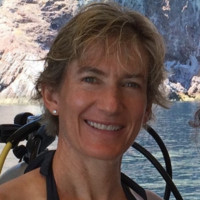
Laura Rose
Laura Rose is an independent consultant with a background in marine conservation, aquaculture, and international development. She is based in Washington, D.C. Follow her on Twitter @fish4good.
laura.rose.777@gmail.com
Related Posts
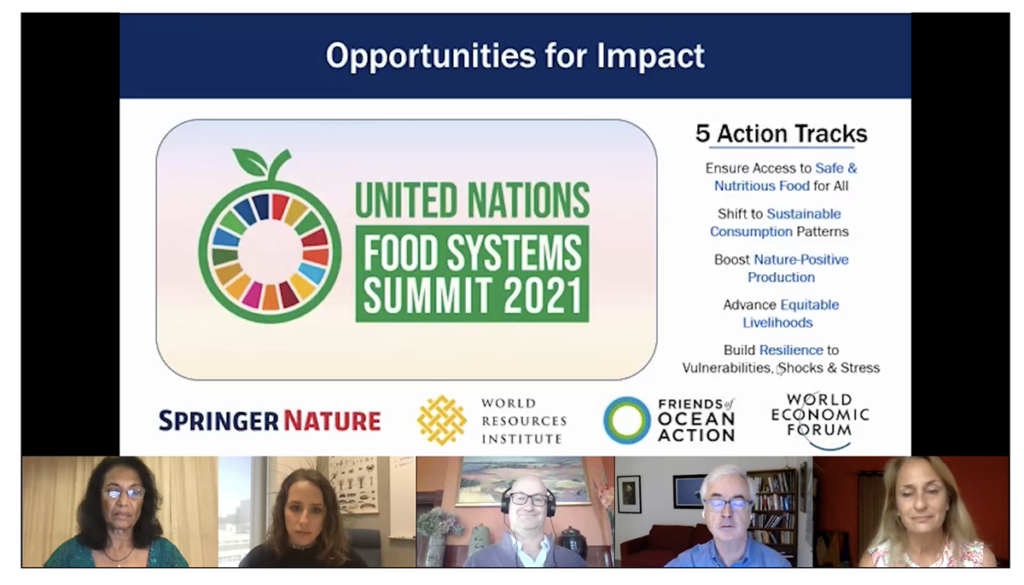
Responsibility
A wider view: At GOAL, focus steers to fisheries, food systems and the future
During the virtual event, researchers discussed the importance of aquatic foods, which billions worldwide rely on for protein and micronutrients.
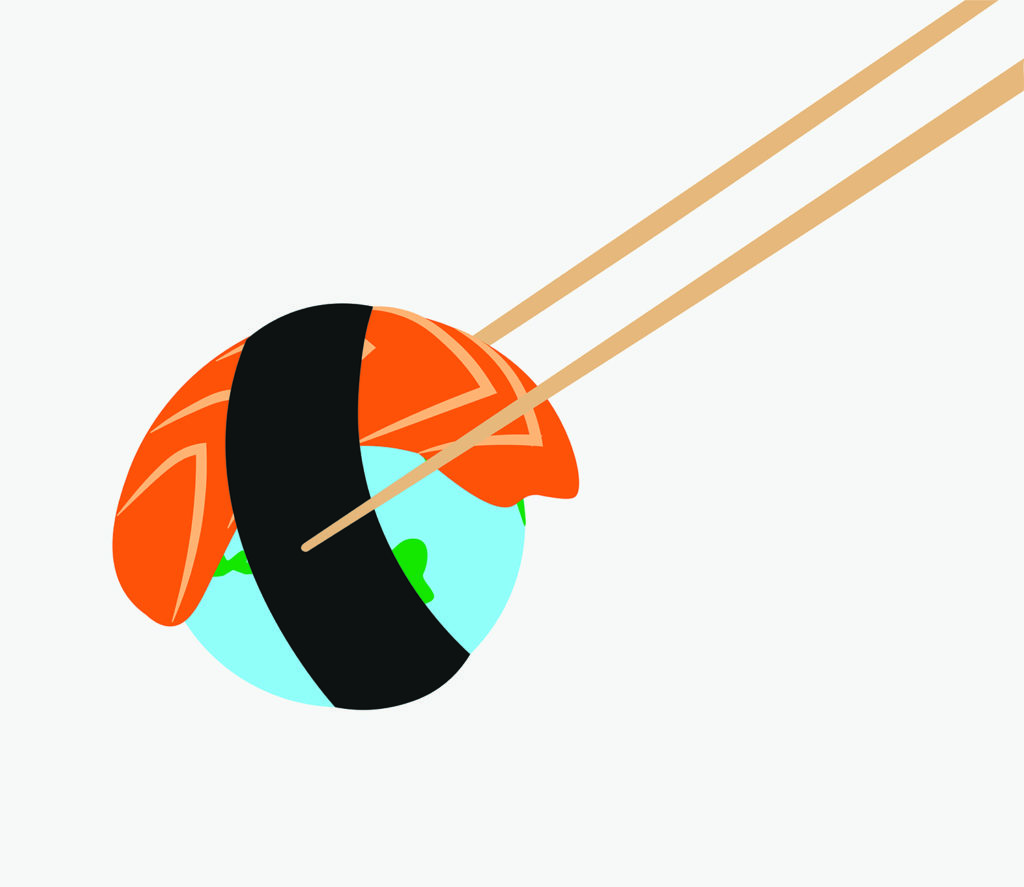
Responsibility
A wider view: Consensus on seafood’s planetary and human health benefits
Several recent reports echo the message that eating sustainable seafood can help save the planet while making significant gains in public health.
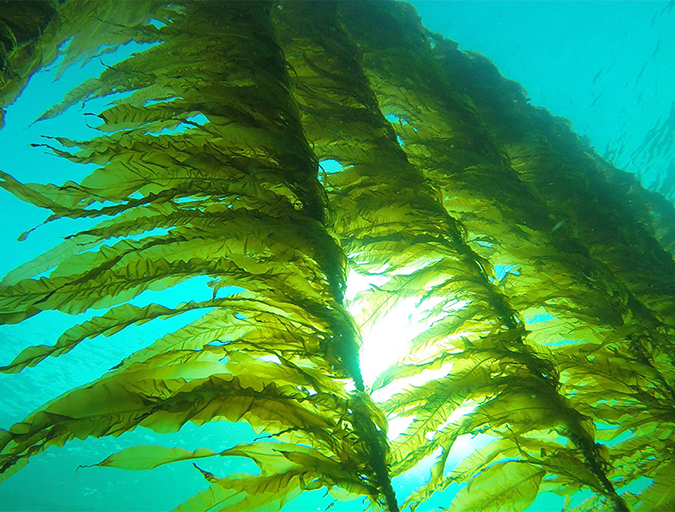
Responsibility
Can aquaculture flourish in a more symbiotic sea?
The 18-month Maribe project has uncovered some promising ideas for promoting growth and jobs within the blue economy. Aquaculture, fingered as one of five key areas for growth, could benefit from collaboration with renewable energies.
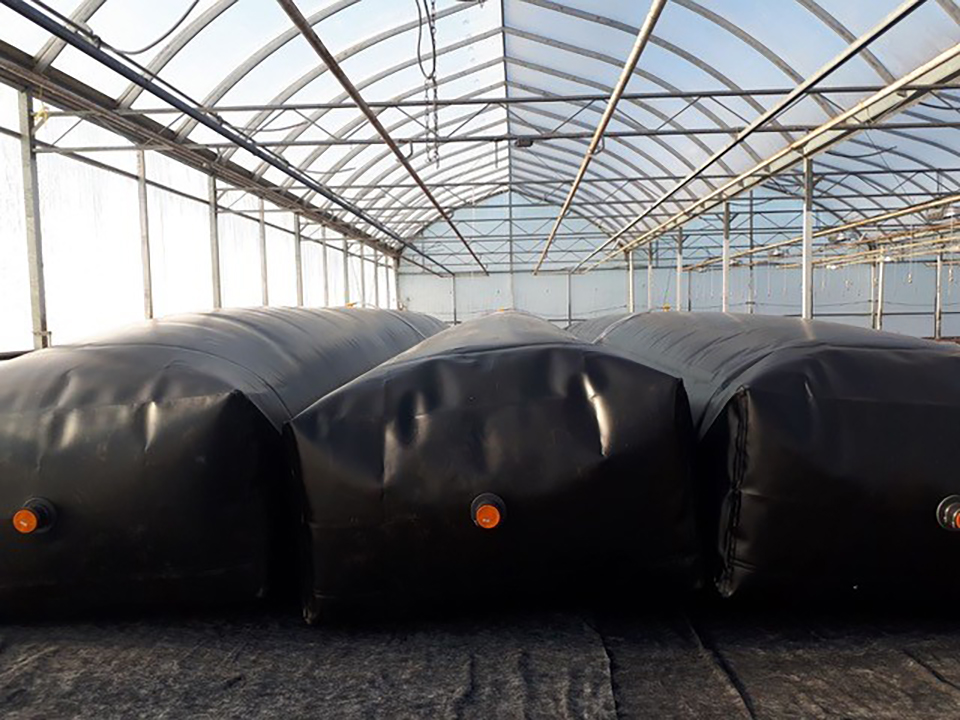
Responsibility
Canada invests in ‘clean-tech’ aquaculture
A handful of aquaculture companies in British Columbia are upgrading to "clean-tech" equipment to make their businesses more sustainable and efficient.

